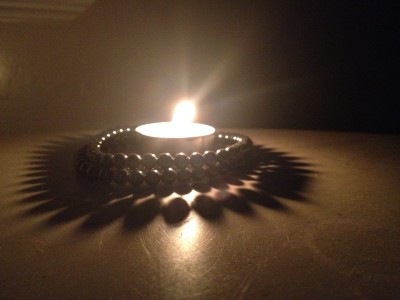Joseph Campbell, known often for his work on The Power of Myth, said, “Where you stumble, there your treasure lies.” Argh! I recognize this as true, even though often I really want to avoid looking at my stumbles.
Recently, I felt a stumble in my work with a prospective client, a first contact with them. To be honest, I don’t know if they have noticed or not, but I felt it in me.
I was talking to them about an initiative that they were creating. They invited me to the conversation. Their initiative included a couple of meetings with stakeholders that they wanted some help with. They wanted to create more engagement. More sharing of story. More sharing of questions. More turning to one another. This is work that I can do well. I immediately had ideas that would work quite well for them to accomplish what they were hoping.
But something didn’t feel right in the conversation. Something was a bit out of alignment for me in how I was talking to them. I couldn’t put my finger on it in the moment, but then realized a stumble and a treasure.
One layer of the work with them was simple facilitation. They were asking me if I could do that with them. And the answer to that is yes. I do that all of the time. I know many of the dynamics at play. I know how to cut through the tensions. I know how to shift the energy by the question asked. I have much experience with this.
However, another layer of the work was beyond facilitation. I believe, it was about creating more of a culture that remembers how to turn to one another, to be curious with one another, to have some processes for getting unstuck with one another. This layer of work is about changing a culture.
I don’t doubt that the “mere facilitation” would be very useful and lead to much good. But it’s the culture creating level that is far more interesting to me, and far more helpful to the client system. “Facilitation for us,” even with great participative processes, is an unintended pattern from an older paradigm of leadership that relies way to much on the seduction of expertise. “Culture creating with us” — now that’s changing minds and thinking patterns that feels like the much more needed experience. That’s what I really wanted to invite this client to see and to be in together. I wasn’t communicating that with them — thus the stumble.
“Culture creating” reminds me of the physicist David Bohm’s remark, “The ability to perceive or think differently is more important than the knowledge gained.” David Bohm, with all of his great merging of physics with dialogue (“meaning flowing through”) was pointing to this culture making.
What will happen with this client? It’s too soon to tell. But in the stumble, my own stumble on the path that is fierce commitment to the deepest purpose and most benevolent outcome, there is a treasure that changes how I will follow up with them and how we might work together that feels very honest and exciting.

